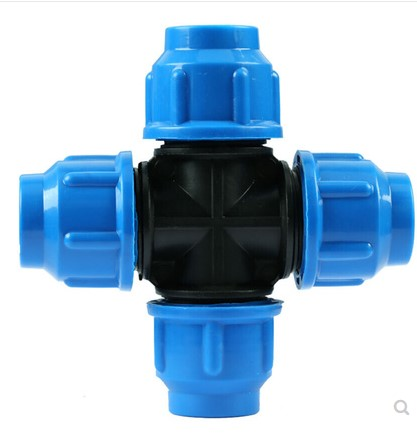Oct . 02, 2024 03:43 Back to list
Different Types of PPR Pipe Products and Their Applications
Understanding the Types of PPR Pipe Products
Polypropylene Random Copolymer (PPR) pipes have gained immense popularity in the plumbing and construction industries due to their durability, resistance to corrosion, and versatility. This material is increasingly replacing traditional piping systems, such as PVC and metal pipes. In this article, we'll explore the various types of PPR pipe products available and their applications, advantages, and more.
Types of PPR Pipes
1. Standard PPR Pipes These are the most common type of PPR pipes, typically used for cold and hot water distribution. Standard PPR pipes are lightweight, easy to install, and have excellent thermal insulation properties. They come in various diameters and lengths, catering to diverse plumbing needs.
2. PPR-CT Pipes PPR-CT stands for Polypropylene Random Copolymer with a higher temperature resistance. These pipes have been specially engineered to handle hot water at higher temperatures and pressures, making them ideal for residential and commercial hot water systems.
3. PPR-FR Pipes Flame-retardant PPR pipes are designed to resist fire and have been developed with additives that help prevent ignition and slow down the spread of flames. These pipes are especially suitable for applications where fire safety is a priority, such as in high-rise buildings and industrial facilities.
4. PPR Pipe Fittings Along with the pipes themselves, PPR pipe systems also include various fittings such as elbows, tees, reducers, and couplings. These fittings ensure secure connections between pipes and enable easy changes in direction or diameter, accommodating all plumbing layouts.
5. PPR Alu-PPR Pipes Alu-PPR pipes have an aluminum layer sandwiched between two layers of PPR. This design provides additional strength and allows for better temperature control, making them suitable for underfloor heating systems, cooling, and even in areas exposed to temperature fluctuations.
type of ppr pipe products

Advantages of PPR Pipe Products
- Corrosion Resistance Unlike metal pipes, PPR pipes do not corrode over time, ensuring a longer lifespan and reducing maintenance costs. - Lightweight and Easy Handling The lightweight nature of PPR pipes makes them easy to transport and install, reducing labor costs and time spent on projects. - Thermal Insulation Their excellent thermal insulation properties prevent heat loss, making them energy efficient for hot water systems. - Non-Toxic PPR pipes are free of heavy metals and other toxic substances, making them a safe choice for potable water applications.
- Cost-Effective Although the initial investment might be slightly higher than that of traditional materials, the long-term savings from durability and reduced maintenance make PPR pipes an economically wise choice.
Applications of PPR Pipes
PPR pipes find applications in a wide array of settings. They are primarily used in residential plumbing, industrial piping systems, and irrigation systems. Additionally, their unique features allow them to be used in HVAC systems, swimming pools, and even in food processing industries, where sanitary conditions are paramount.
Conclusion
PPR pipe products represent a modern solution to many plumbing and industrial challenges. With their variety of types and significant advantages, they are an attractive alternative to traditional piping materials. Understanding the different types of PPR pipes available on the market can help consumers and professionals make informed decisions for their specific applications, ultimately leading to more efficient and sustainable plumbing solutions.
-
High-Quality PVC Borehole Pipes Durable & Versatile Pipe Solutions
NewsJul.08,2025
-
High-Quality PVC Perforated Pipes for Efficient Drainage Leading Manufacturers & Factories
NewsJul.08,2025
-
High-Quality PVC Borehole Pipes Durable Pipe Solutions by Leading Manufacturer
NewsJul.08,2025
-
High-Quality PVC Borehole Pipes Reliable PVC Pipe Manufacturer Solutions
NewsJul.07,2025
-
High-Quality UPVC Drain Pipes Durable HDPE & Drain Pipe Solutions
NewsJul.07,2025
-
High-Quality Conduit Pipes & HDPE Conduit Fittings Manufacturer Reliable Factory Supply
NewsJul.06,2025

